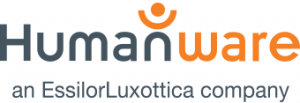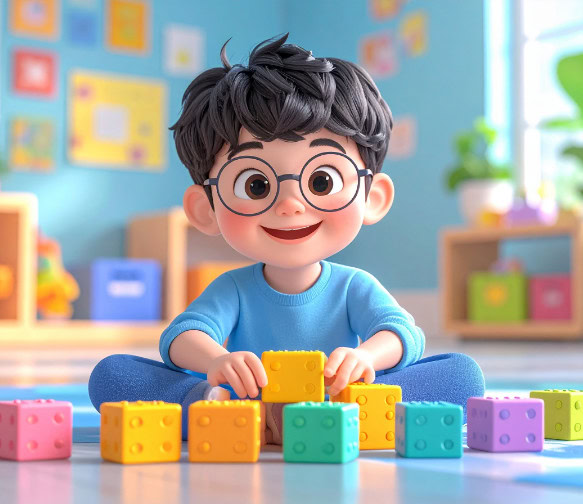explorē 5
A simple, lightweight first magnifier that sparks curiosity: it lets children zoom in on books, toys, and everyday objects—turning exploration into play to build visual skills and independence.
For children: discover the world up close in a fun, playful way, gradually building visual skills and confidence.
For educators: offers an intuitive, portable tool that channels a child’s natural curiosity into guided learning activities, making it easier to introduce early visual engagement without overwhelming the student.






